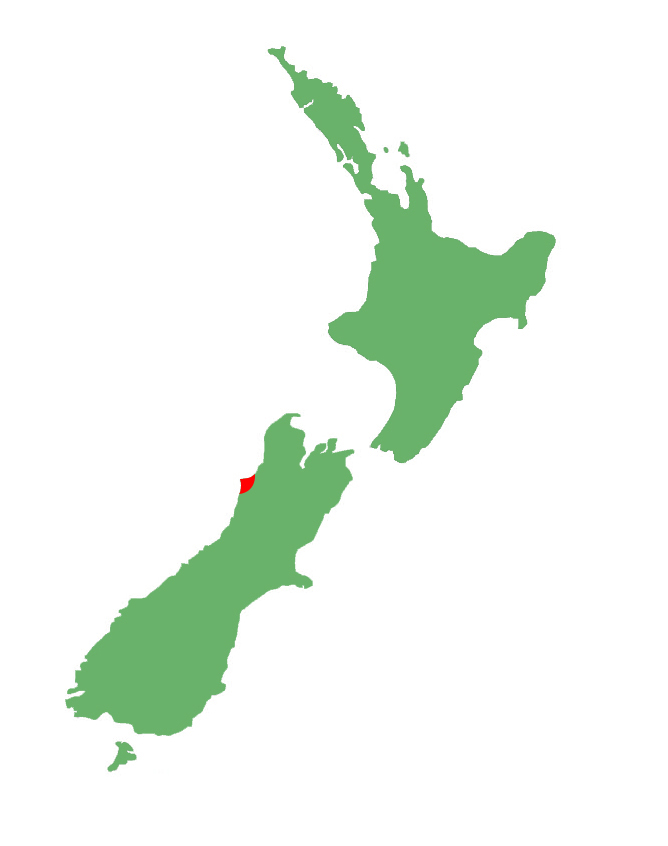- Home
- Herpetofauna Index
- Native
- Oligosoma Aff. Infrapunctatum "Westport"
Oligosoma aff. infrapunctatum "Westport"
Westport skink
Oligosoma aff. infrapunctatum "Westport"

Length: SVL up to 75mm, with the tail being equal to or longer than the body length
Weight: unknown
Description
A mysterious species that is only known from a single specimen collected some time in the 1990's near Westport in the South Island's West Coast region. The species could be awaiting rediscovery, or may be extinct.
The Westport skink has mainly been separated based on genetics and is otherwise similar in appearance to other members of the speckled skink species complex (e.g. Oligosoma newmani). The snout is short, blunt and rounded. Dorsal surfaces are mid-brown and lightly patterned with pale-fawn and black flecks. The sole specimen does not have a mid-dorsal stripe. Flanks have a broad dark-brown lateral stripe which is crenulated at the edges, and has regular ligter flecks down the middle. Lateral stripe is bordered above by a fawn coloured dorsolateral stripe, and below by a serrated mid-lateral stripe which is cream-coloured, black-edged and runs from the edge of the mouth, through the ear and above the forelimb to just before the hind-limb. Tail with a series of cream coloured spots along the dorsolateral margin. Ventral surfaces are uniform grey, potentially with faint dark speckling.
Life expectancy
Unknown.
Distribution
Known only from a single specimen found at Westport in the South Island's West Coast region.
Ecology and habitat
Virtually nothing is known about the ecology of this species. They are likely to be diurnal and heliothermic in common with other members of the speckled skink group.
Nothing is known about the habitat use of this species other than that it was found in lowland habitat near Westport.
Social structure
Unknown.
Breeding biology
Unknown.
Diet
Unknown, but likely to be omnivorous in common with other members of the speckled skink species complex.
Disease
Unknown.
Conservation strategy
The Westport skink is currently classified by DOC as 'Data Deficient.' Further survey effort is required, and until further specimens / populations have been discovered little conservation work can be done undertaken for this species. The Westport skink may either be very rare, or potentially already extinct.
Interesting notes
Westport skinks are members of the speckled skink cryptic species complex - a group of related taxa with similar morphology that were previously regarded as one highly variable species (Oligosoma infrapunctatum).
The Westport skink is considered to be the sister-species to the Hawke's Bay skink (Oligosoma auroraense) which occurs near Hastings on the east coast of the North Island.
References
Hitchmough, R.A., Barr, B., Lettink, M., Monks, J., Reardon, J., Tocher, M., van Winkel, D., Rolfe, J. (2016). Conservation status of New Zealand reptiles, 2015; New Zealand threat classification series 17. Wellington: New Zealand Department of Conservation.
Jewell, T. (2011). A photographic guide to reptiles and amphibians of New Zealand. Auckland: New Holland Publishing.
van Winkel, D., Baling, M. & Hitchmough, R. (2018). Reptiles and Amphibians of New Zealand: A field guide. Auckland: Auckland University Press, 376 pp.


